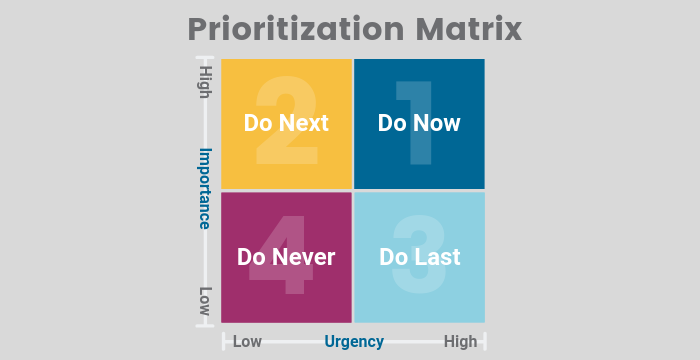How Positive Employee Relationships Impact Your Business
Whether you run a restaurant, manage a business, or own a shop, you can sense when there is tension in the air amongst co-workers. Answers are curt; service is affected; the days are long.
On the flip-side, when employees are getting along, you can hear laughter during work hours and even plans to meet outside of the workplace. Moods are lifted; smiles are present; people are happy to help each other.
You’re not just imagining the drastic difference between friendly and toxic work environments. In fact, according to Gallup, friendships in the workplace can increase productivity, retention, and job satisfaction.
“Our research revealed that just 30% of employees have a best friend at work. Those who do are seven times as likely to be engaged in their jobs, are better at engaging customers, produce higher quality work, have higher well-being, and are less likely to get injured on the job.” – Gallup
We’ve covered the importance of physical, emotional, and mental well-being, but have you considered the social aspect at work?
Let’s dive into how you can foster stronger bonds amongst your teams.
Relationships are built on open and honest communication, and workplace relationships are no different. You can help create the environment for friendships to grow by setting “down time” and providing opportunities for employees to chat freely with each other about non-work topics.
Encourage your team leaders to kick off meetings by asking employees how they’re doing or their upcoming weekend plans. Help employees get to know each other by celebrating personal events. On birthdays, cut a cake or give a card signed by the whole team; throw wedding or baby showers; treat employees to a team lunch for milestone work anniversaries. Celebrating with each other can encourage discussion amongst the team that is not centered around tasks and deadlines.
Having a fun, comfortable place where employees can let their guard down and relax during work hours is important for mental well-being; it’s also away to boost friendly spirits. While we don’t recommend shipping in a ping-pong table tomorrow, having a living-area style conference room or simply a pop of color in the break room can be enough for employees to relax and start to form bonds.
In fact, studies show more than a 25% increase in employee morale and productivity for simple things like larger lunch tables. A relatively easy change in the office space that enables conversations over lunch can lead to fostering friendships while ultimately, getting more work done.
Defining the shared values and beliefs of your company is the first step in building a culture your employees can get behind. Activities that align with your company culture, like end-of-the-workday pau hanas, peer-to-peer employee coaching programs, or potluck lunches, can help co-workers take a break, form a bond, and feel more relaxed around each other.
Whether you work in an office building or the service industry, the workplace is where we spend a large amount of our time. You can encourage all employees to take part in building a cohesive team by establishing an open door policy, crowdsourcing ideas and using them to establish new traditions.
With video conferencing and online messaging systems like Slack and Google Hangouts being the norm, telecommuters in the workforce have increased 115% in a decade, according to a report from Global Workplace Analytics and FlexJobs. It’s important to make sure these employees feel like a part of the team, and that can be done through simple ways like mailing them company swag, sending birthday and work anniversary cards, planning activities that they can take part in, and ensuring they have a voice in planning and decisions. Flying employees in from neighboring islands for special events and meetings is also a great way to strengthen those connections.
Leaders need to understand the direct link between office friendships, engagement, and productivity. At the end of the workday, employee well-being is crucial to company success. Which is why creating an environment for your employees to communicate, feel comfortable, and embrace company culture will help you achieve your business objectives.








